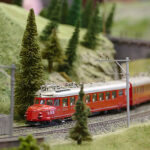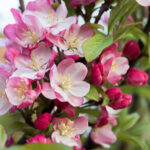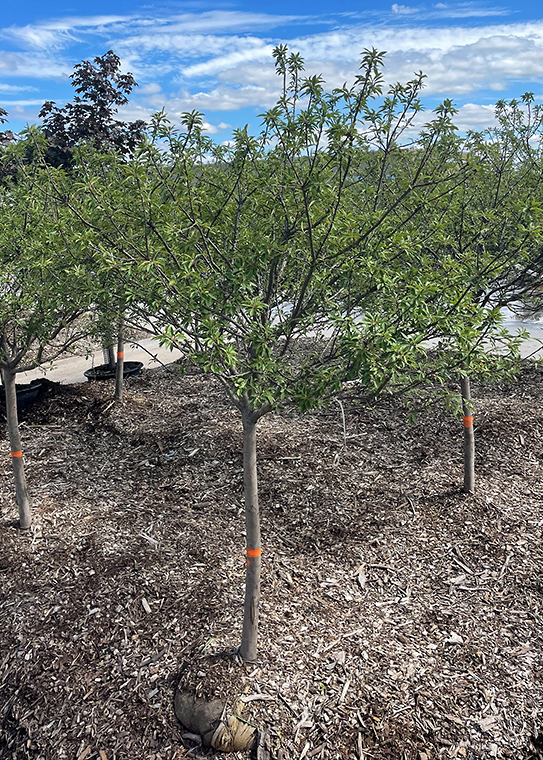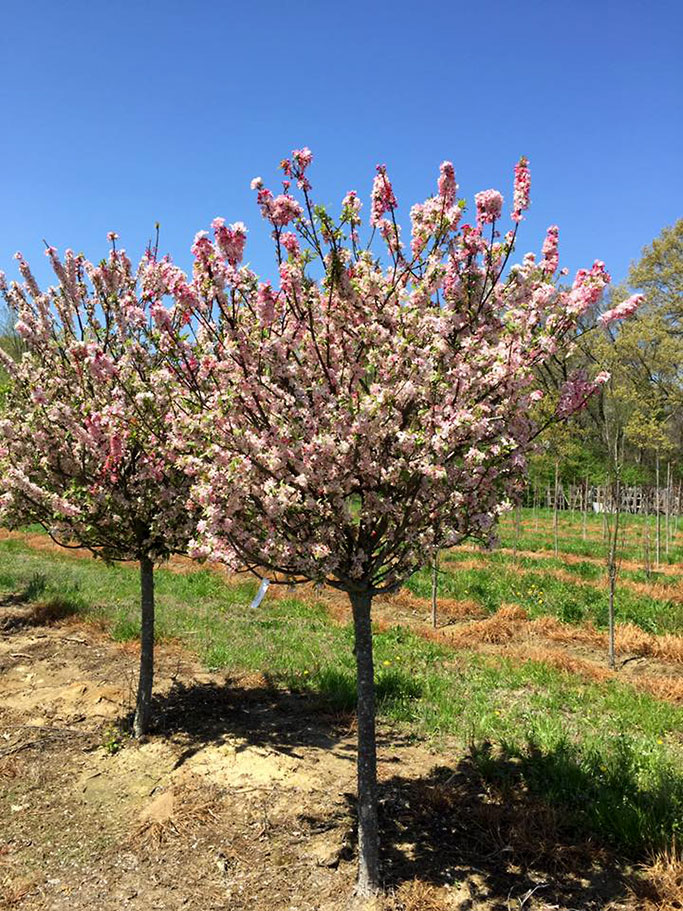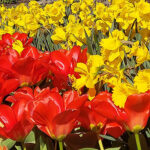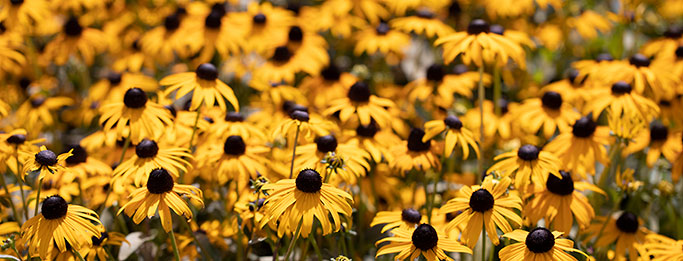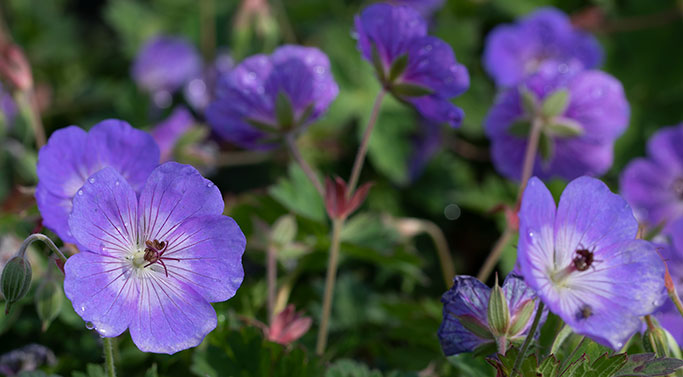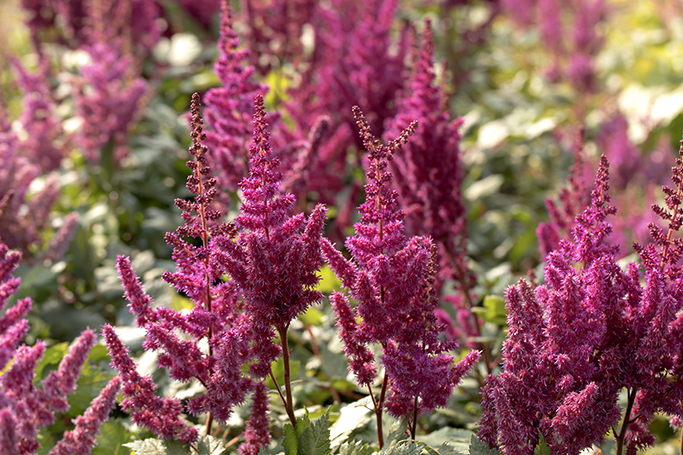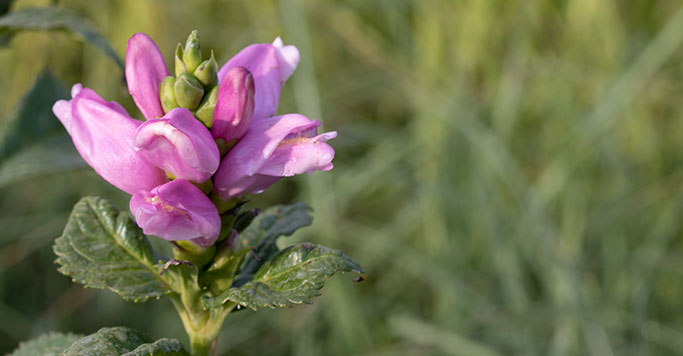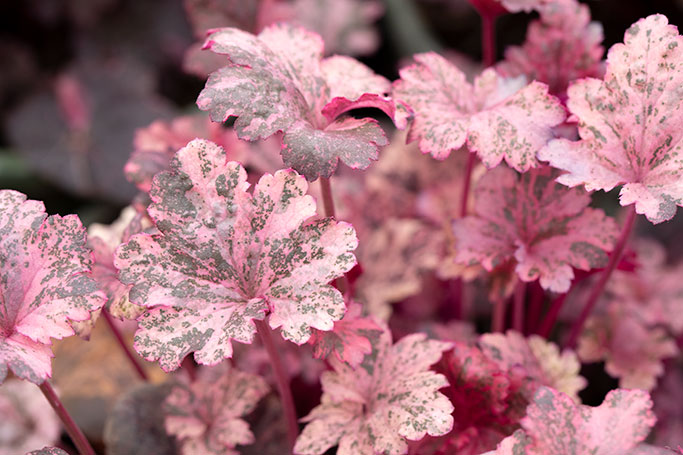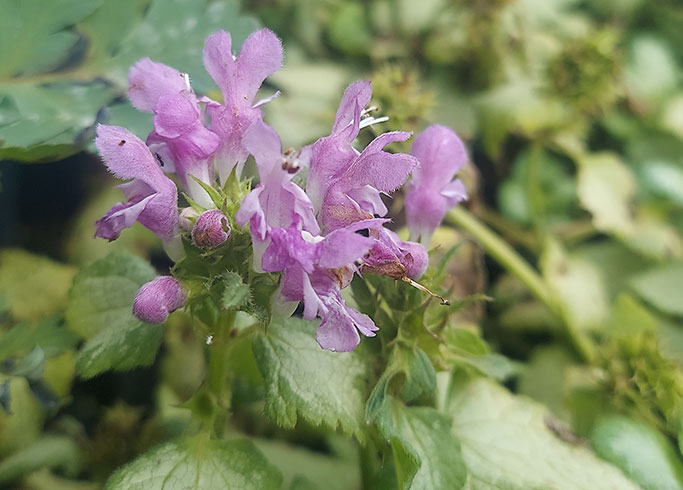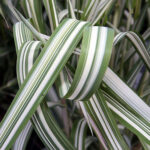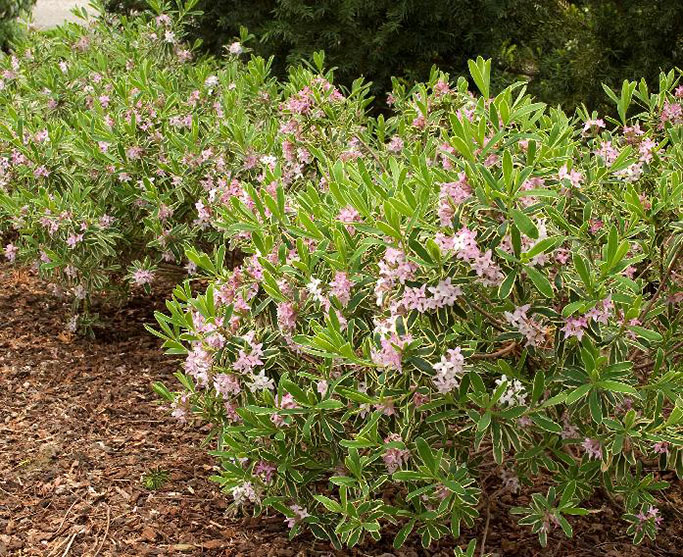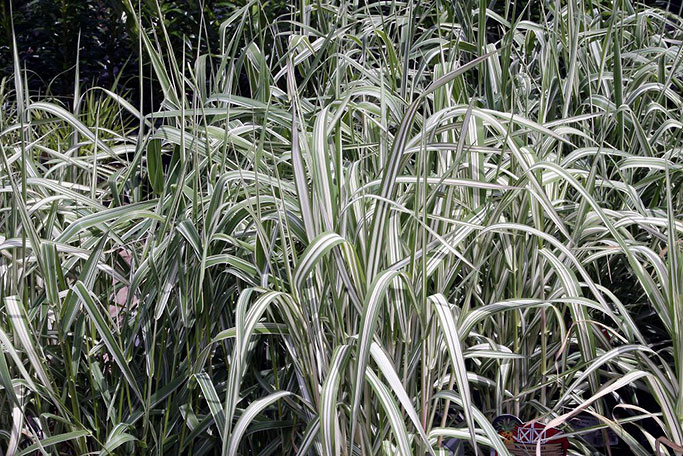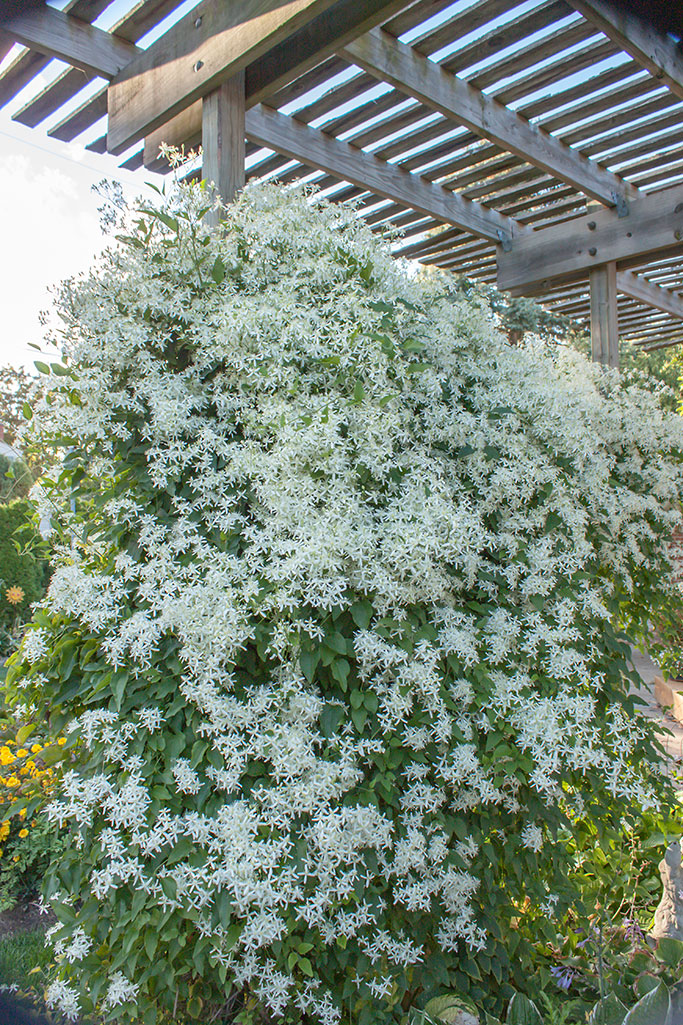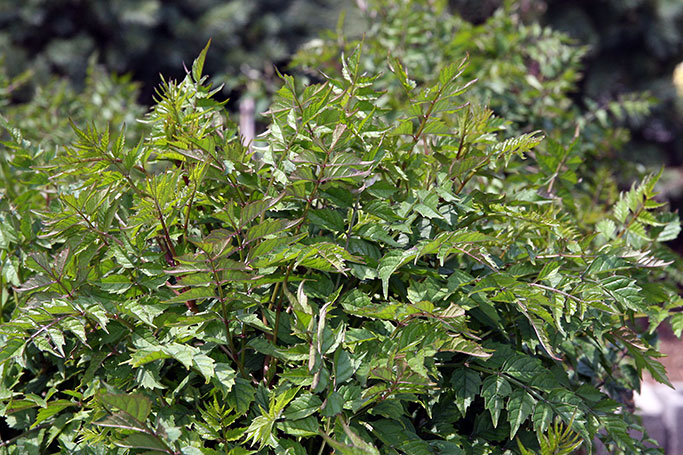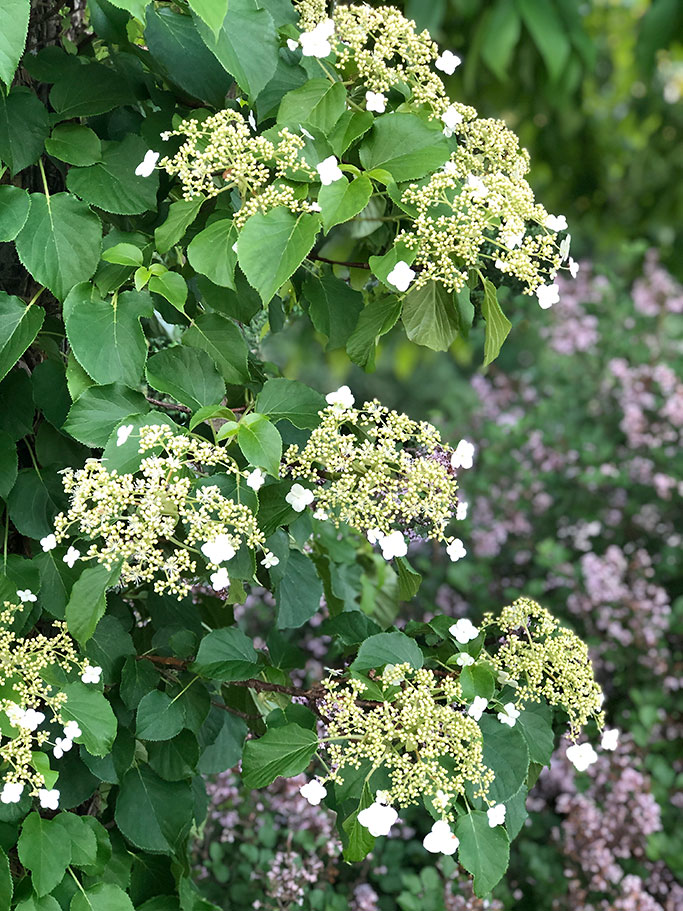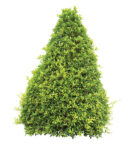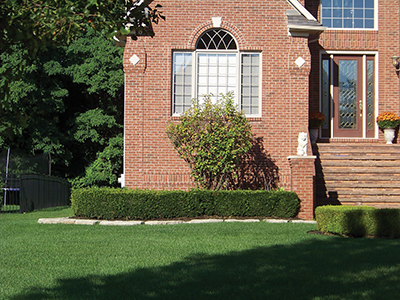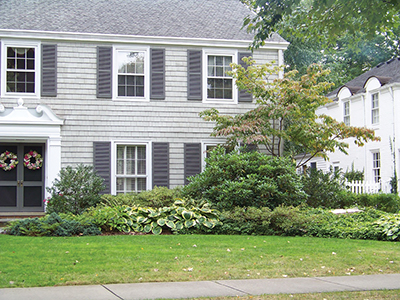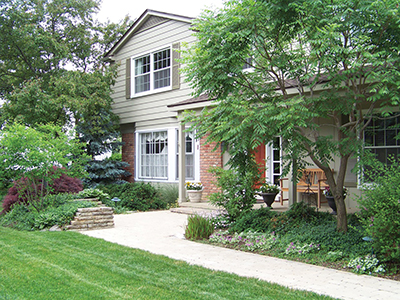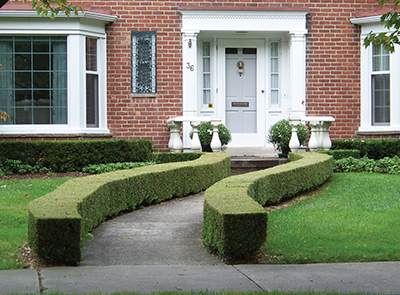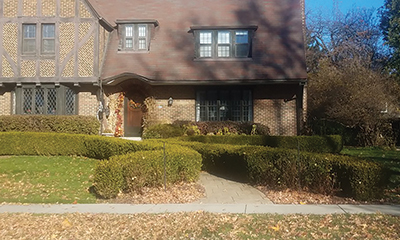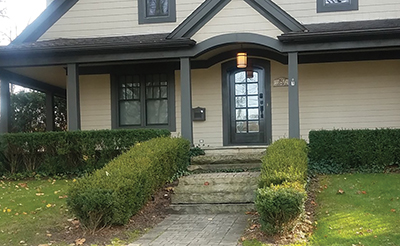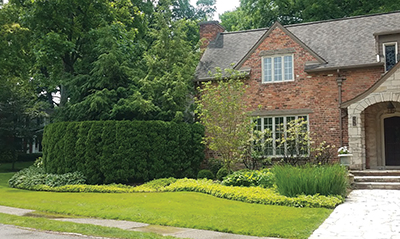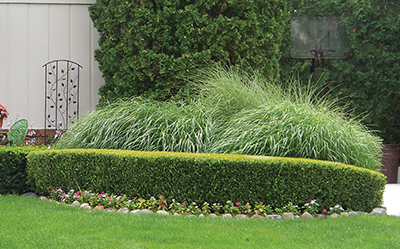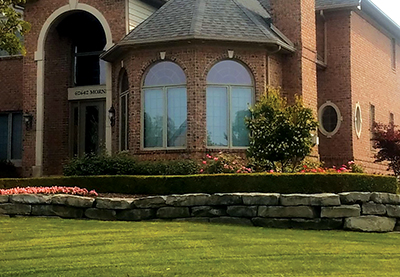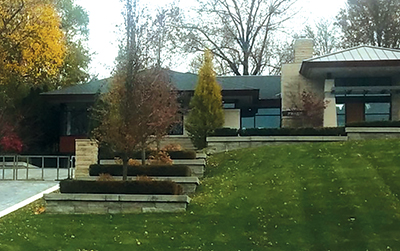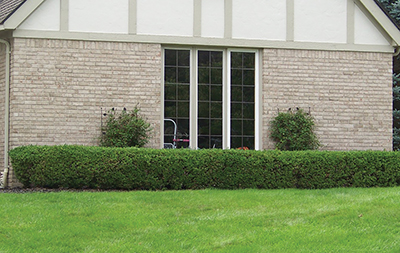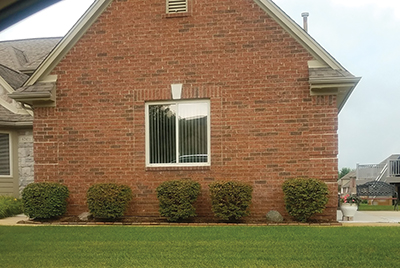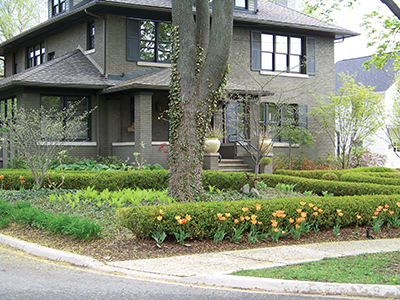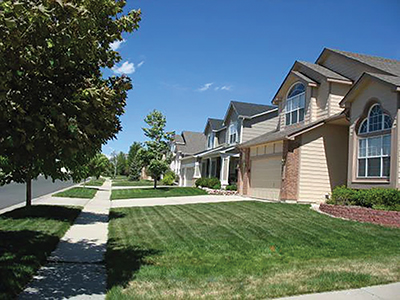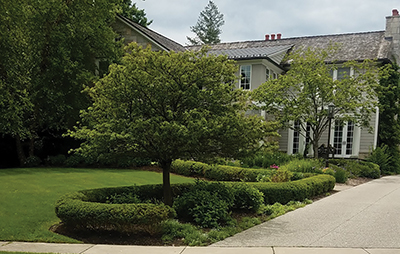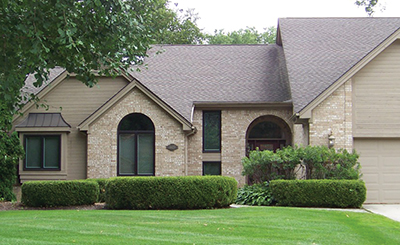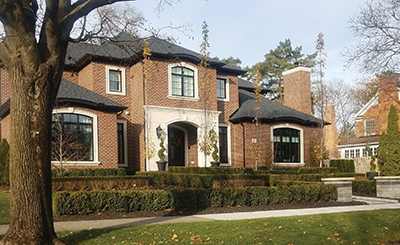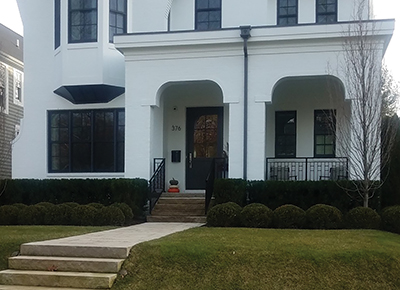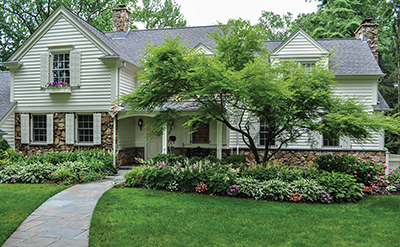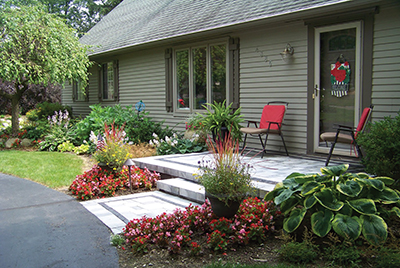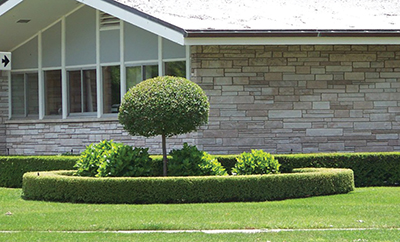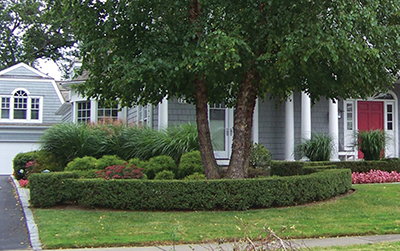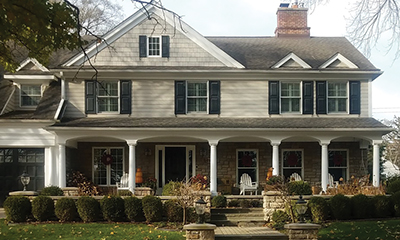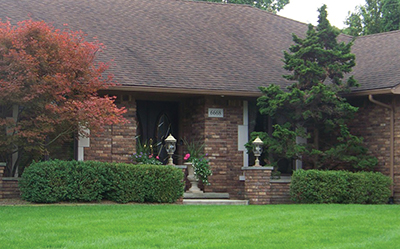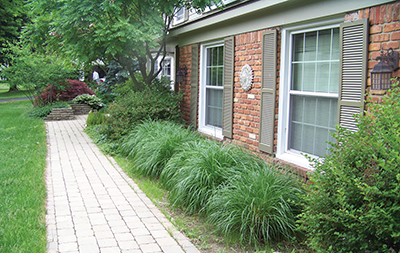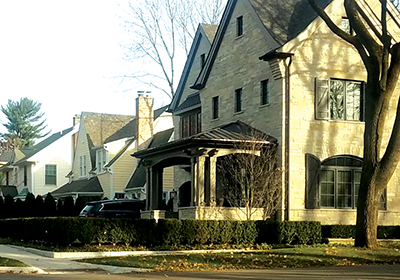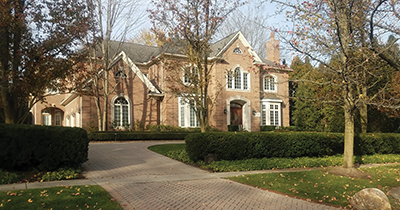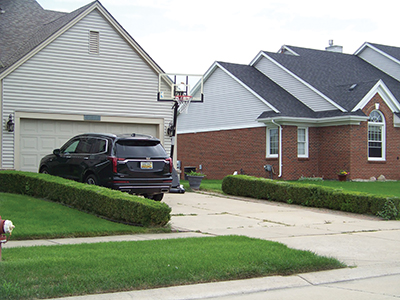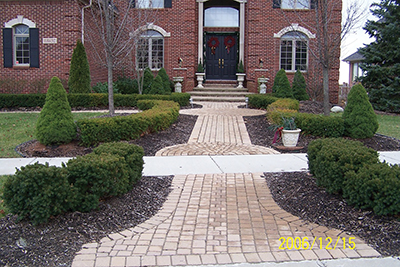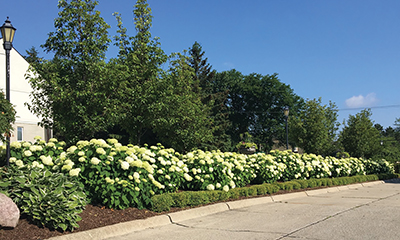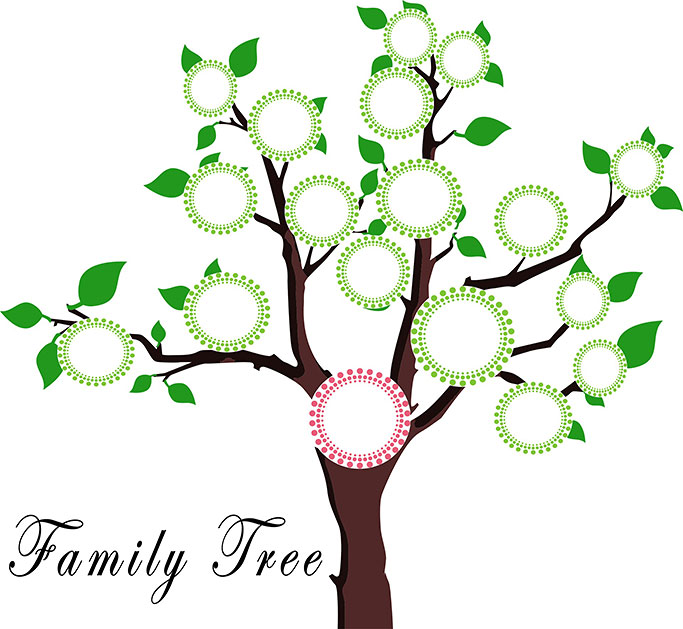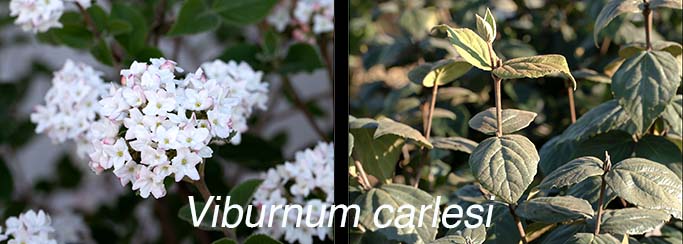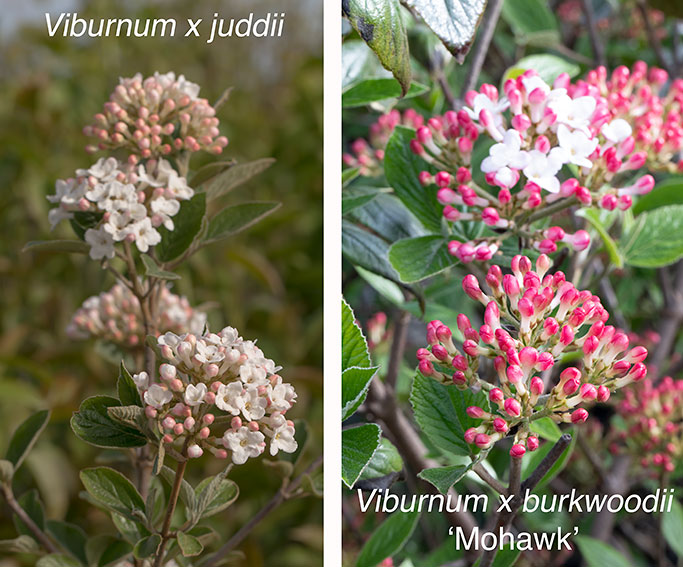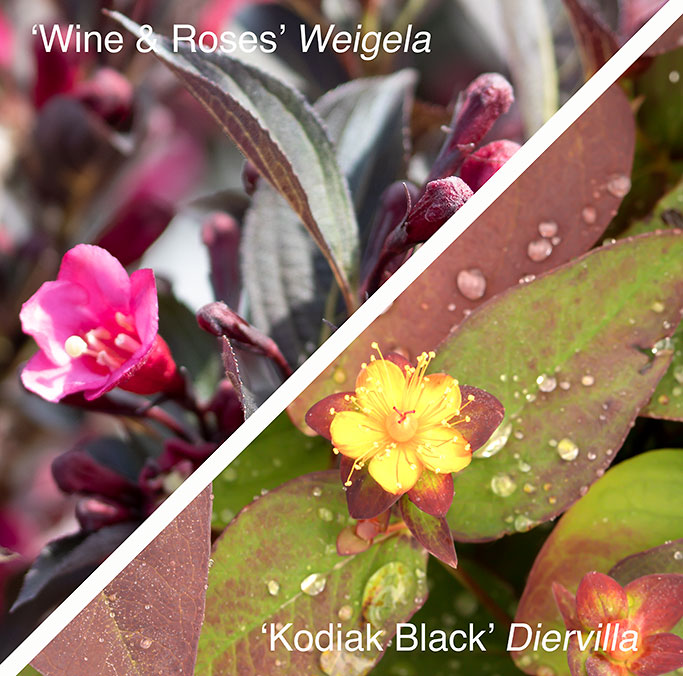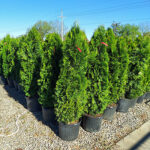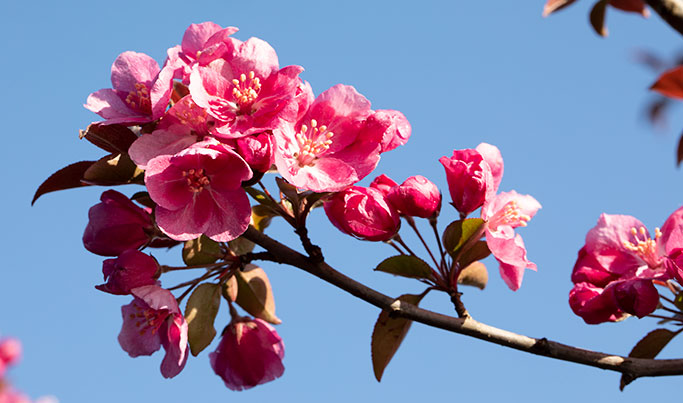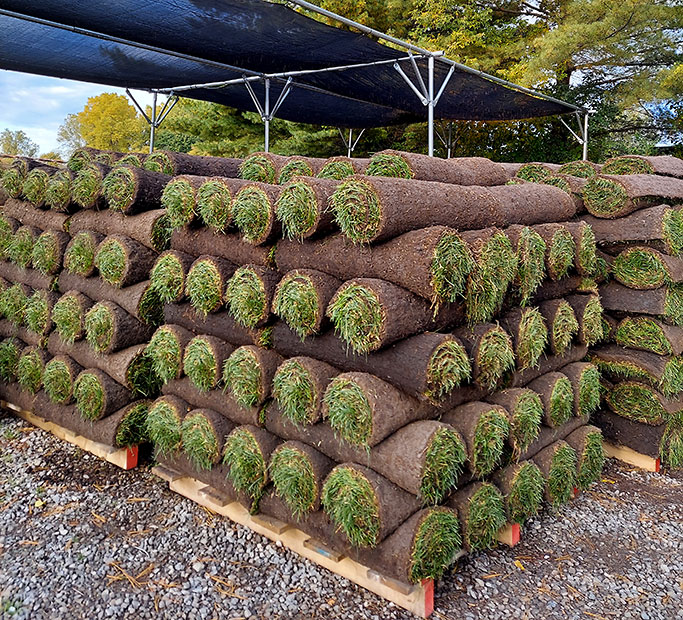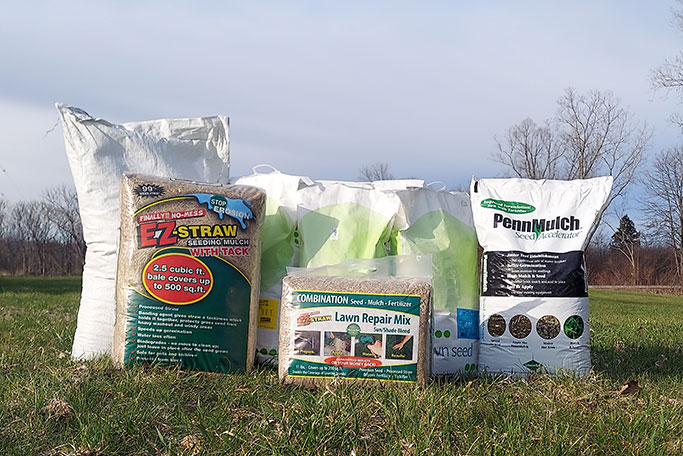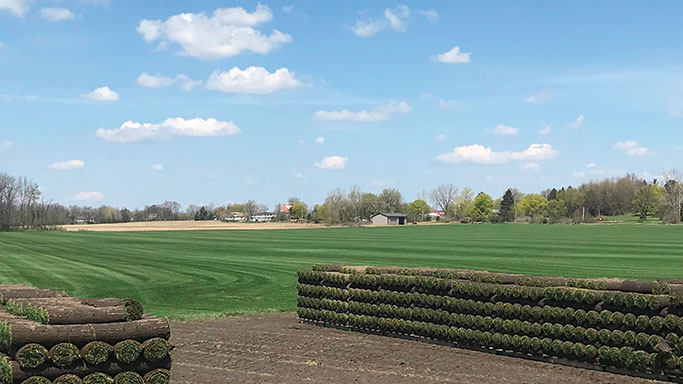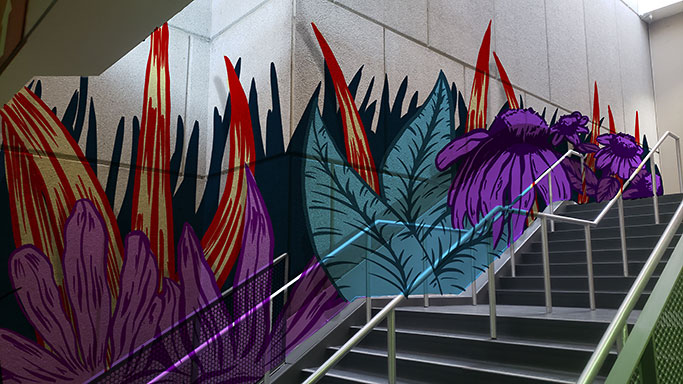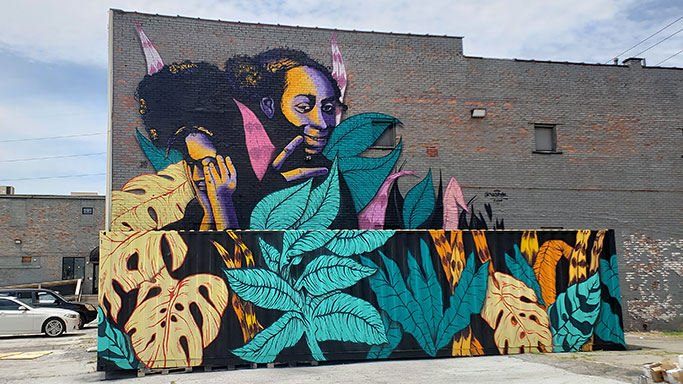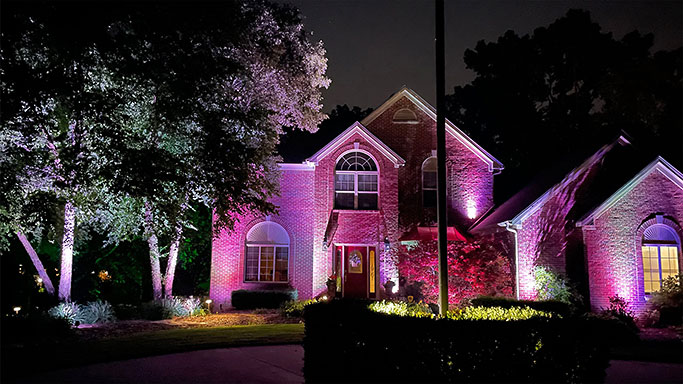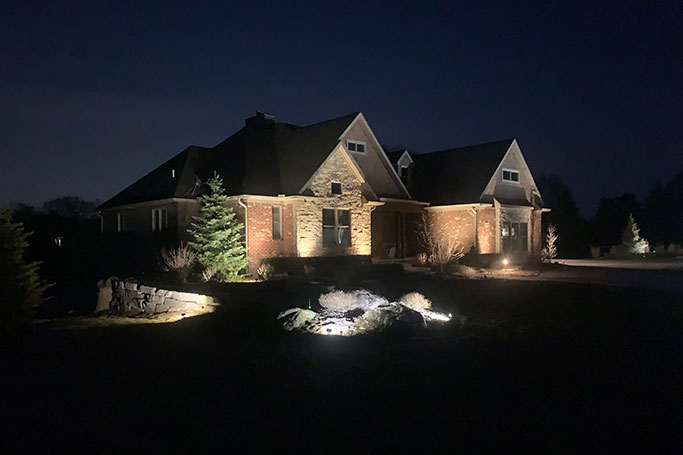So, by now most people know that I am a hobbyist. I have everything from R/C cars, planes, helicopters, drones, and even an r/c boat. That’s all great stuff for the outdoors, but when winter comes, I am a solid inside guy. I don’t ice fish or ski; I have never even sat on a snowmobile, however, I have just as many indoor hobbies as I do outdoor. One of my favorites is working on a model train layout.
The train layout is around 120’ square feet and takes up ½ of my basement. I have modeled it after a modern-day early 2000 to 2010 era. This can make it challenging to find modern buildings, vehicles, and industrial equipment. Luckily though, the landscape materials are easy to find, and as many styles and designs have changed through the years, the core material is still the same. The species and cultivars of real plant materials may have changed, but on a 1/87 scale, a tiny green leaf is still a tiny green leaf.

The look that I am trying to recreate is loosely modeled around the Michigan, Indiana, and Ohio area. These areas are similar but also have a little variety between themselves such as the lush forests in the upper lower peninsula to the flatlands near Columbus and Fort Wayne. So, this involves me taking a variety of pictures in a variety of locations. Not all scenes that are being modeled are in a landscaped area like homes and businesses. I have more pictures of plants and scenery in their natural wild unadulterated habitats. With as close to realism as you can get being the goal you want the landscape to not only make sense, but to be realistically possible. On my layout, I have a city scene, an industrial scene, and carnival scene and then a light-up wilderness scene underneath the layout itself. All these scenes allow me to have tremendous options and unlimited creative designs.

The scenes that I think are both the most challenging and most fun to create are the maintained scenes, a truly landscaped area. Some materials are store-bought, but many items are handcrafted, one-of-a-kind items. Adding mulch beds, manicured boxwoods or arborvitaes for rows and hedges, flowering shrubs, or perennials. Even a couple of mulch volcanos around trees; remember the idea is what you see in real life and not how it should be. Applying rust lines around a building to show that there is irrigation, lines in the lawn for mow patterns. The diligence to the details is just as prevalent in the hobby as it is in the real world with one exception, none of my stuff dies or needs water!

I have had one person ask me why there are no segmented walls or brick paver designs, since, after all, that is what I deal with every day, and not so much on the greener side of things. I explained that the scale being so small, the wall stones would be half the size of a piece of rice. Then I showed him the brick inlays in the city sidewalks around trees and sidewalk crosswalks!
I think everyone takes a piece of the work home with them, and I am no different. I am not a plant guy, but I have learned so much from being around so many creative landscapers and great employees. So, I have taken that knowledge that they shared with me and put it into my own hobby. I enjoy creating landscapes and buildings as much as just watching the layout. Watching a weathered and detailed CSX EMD go by pulling over fifty weathered, graphited, and dilapidated railcars next to a realistic backdrop is like watching fish in an aquarium, or maybe a relaxing night in your backyard on the patio next to a bonfire.

